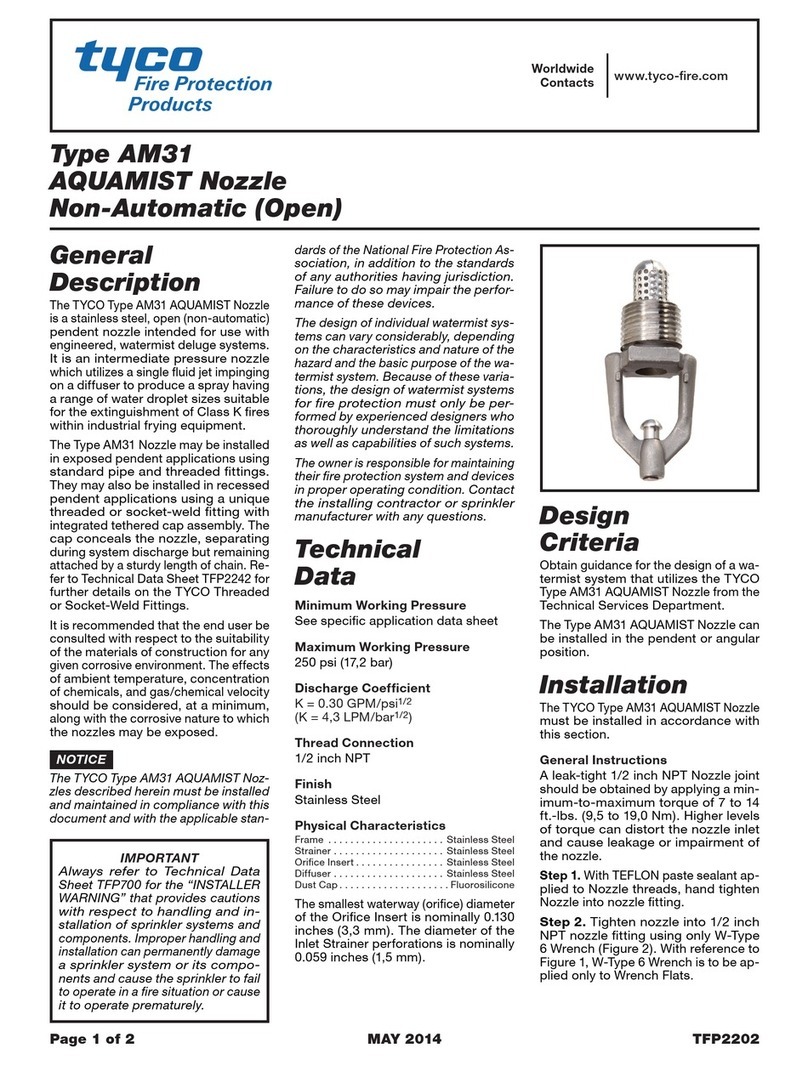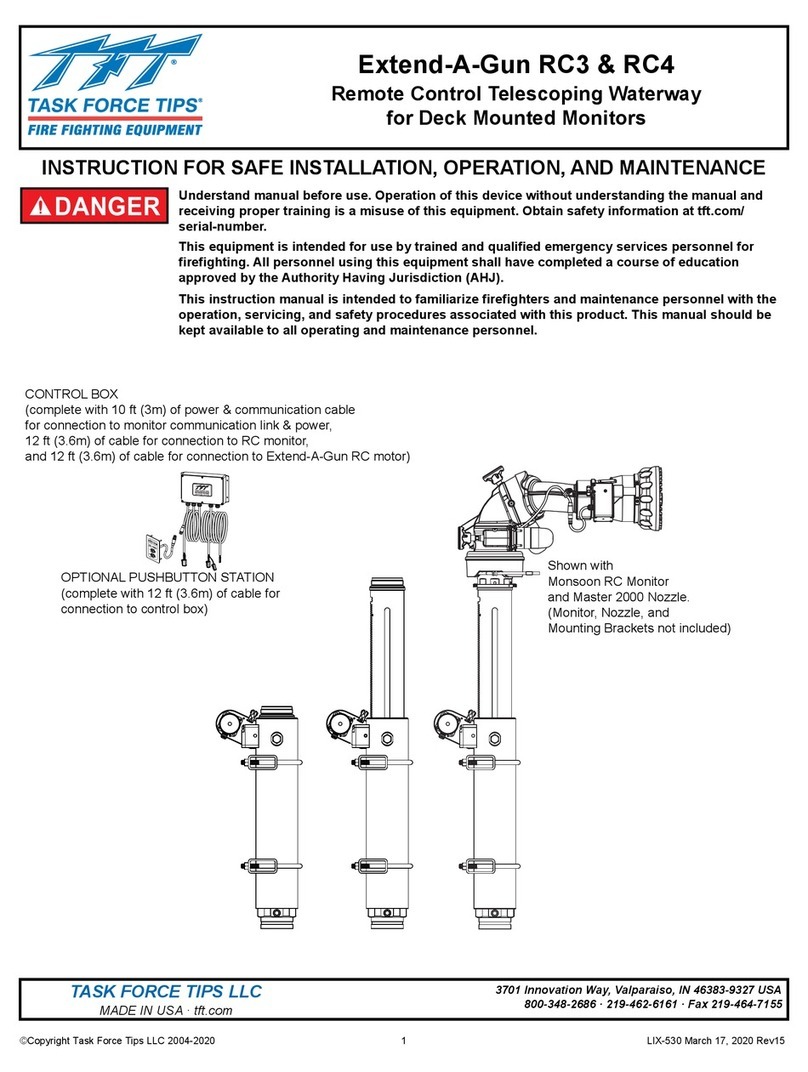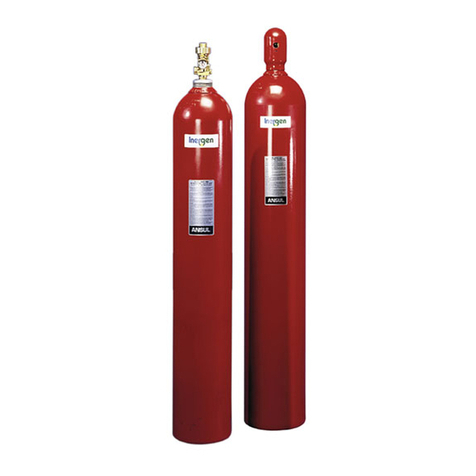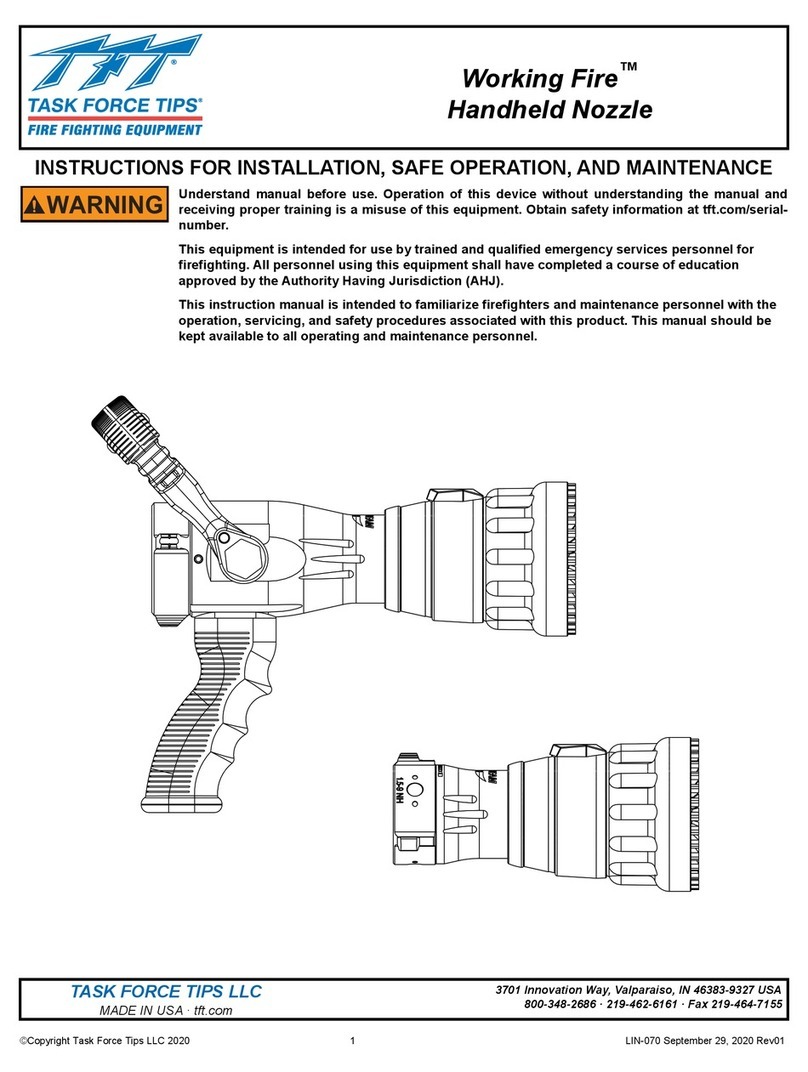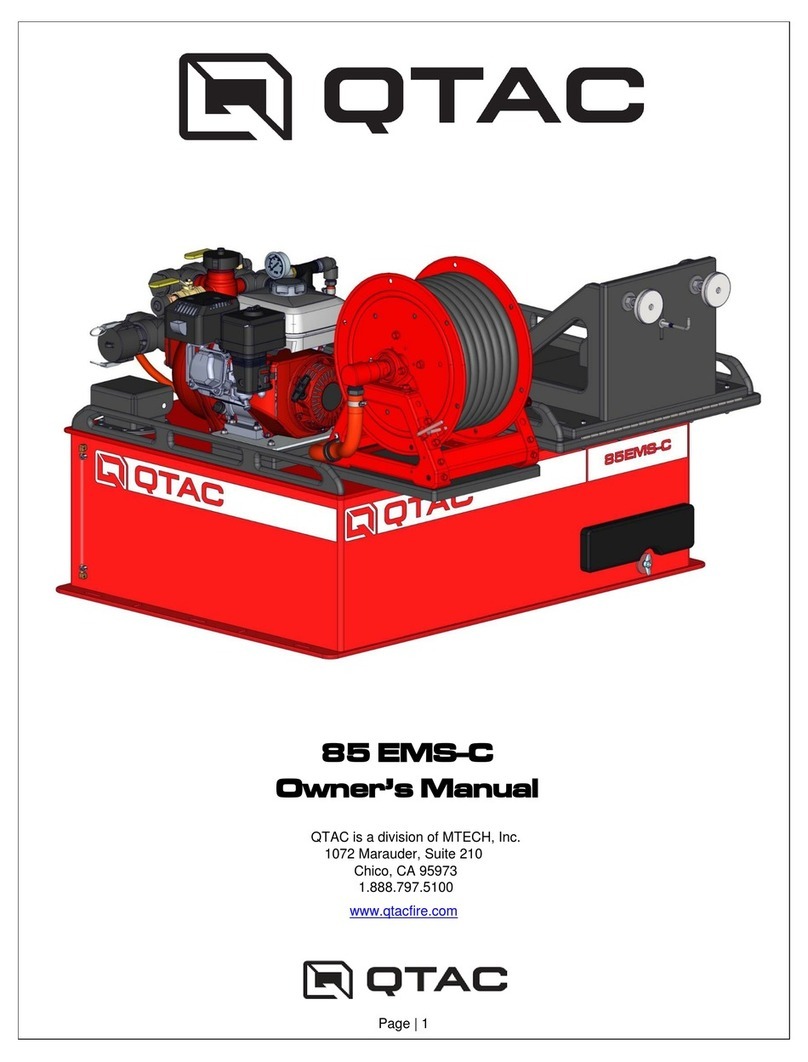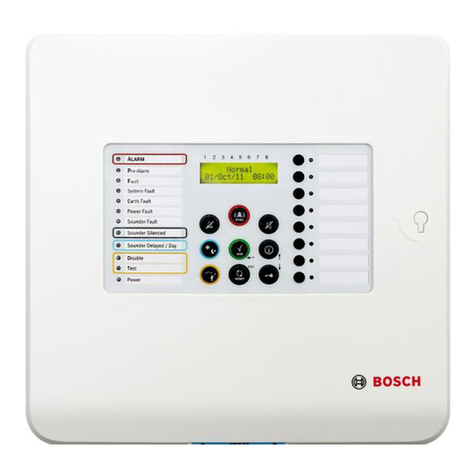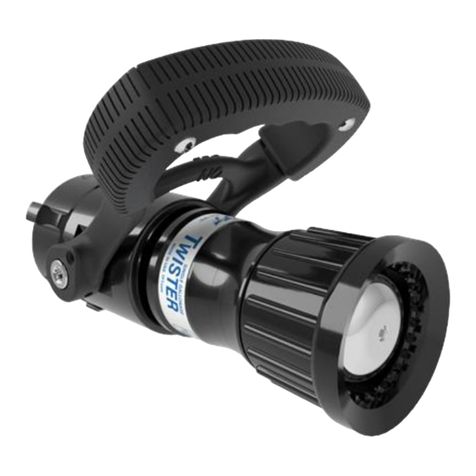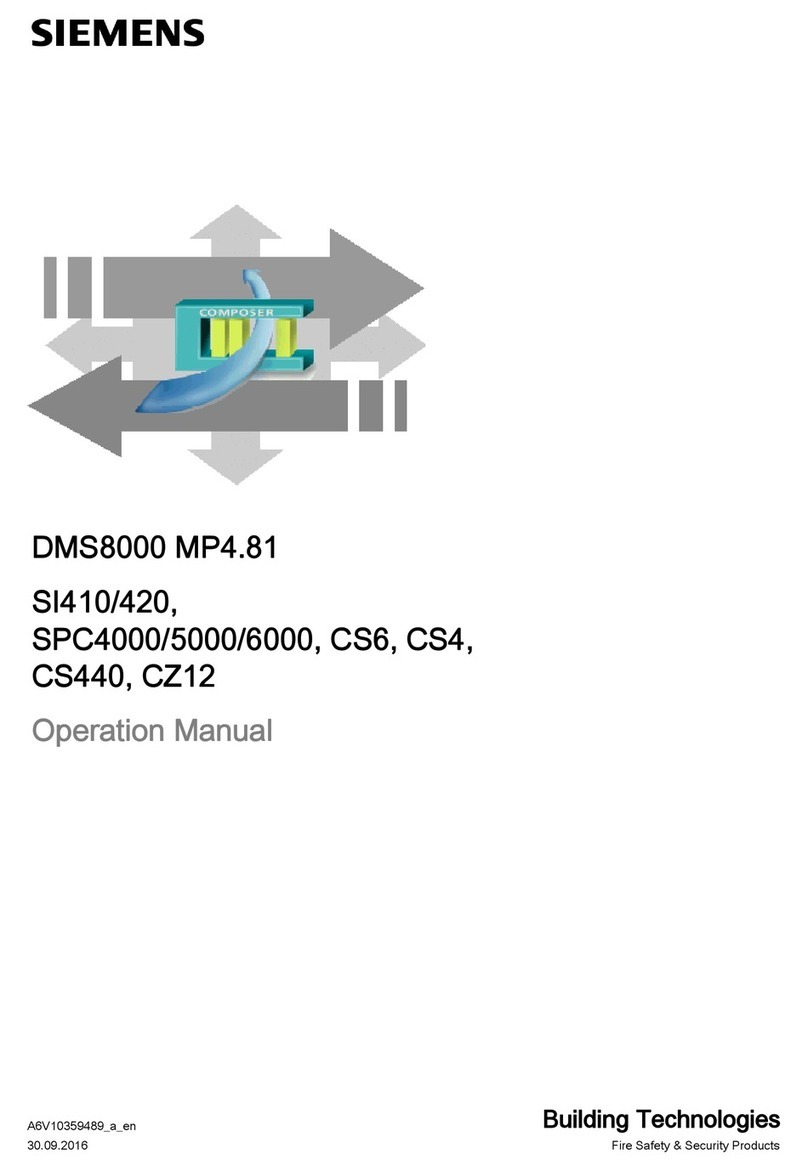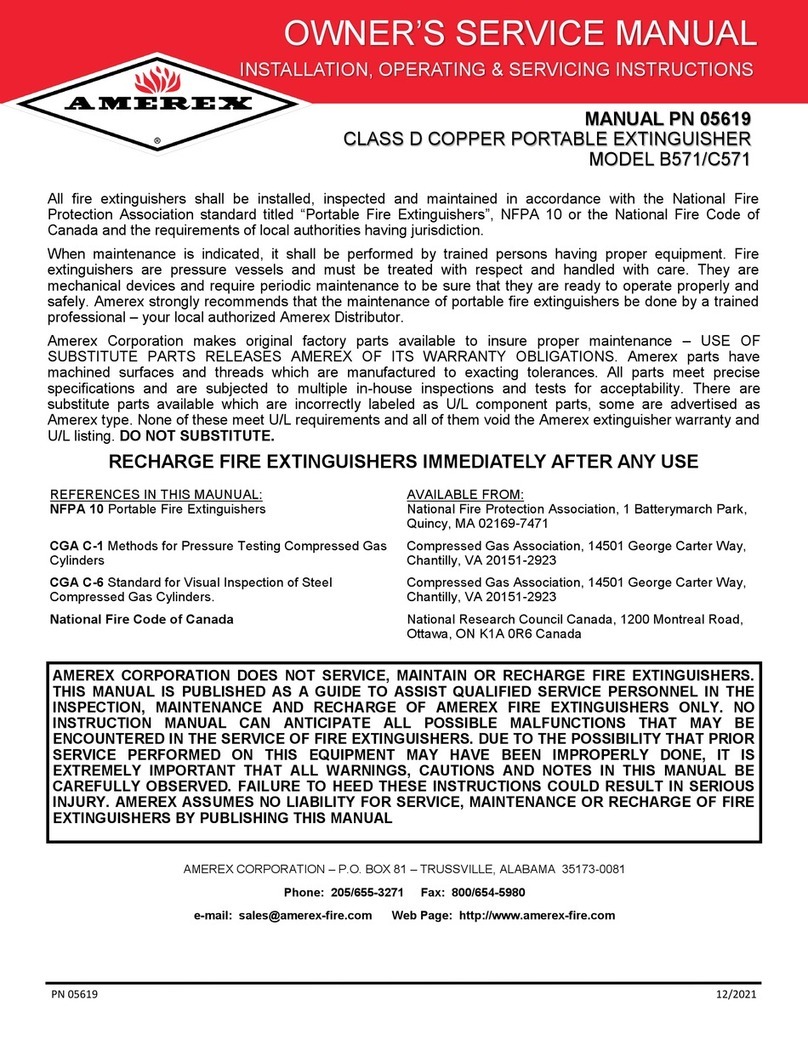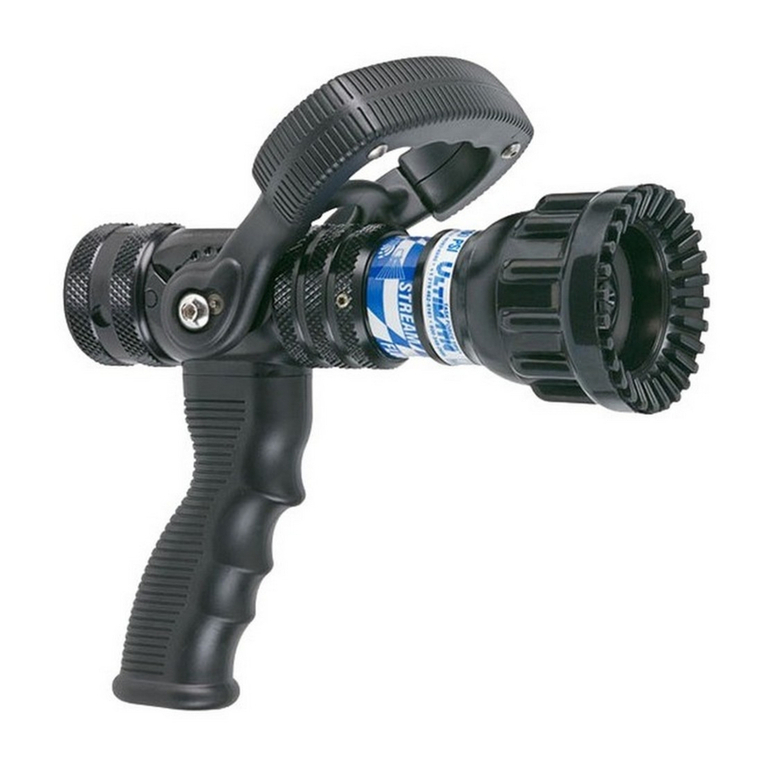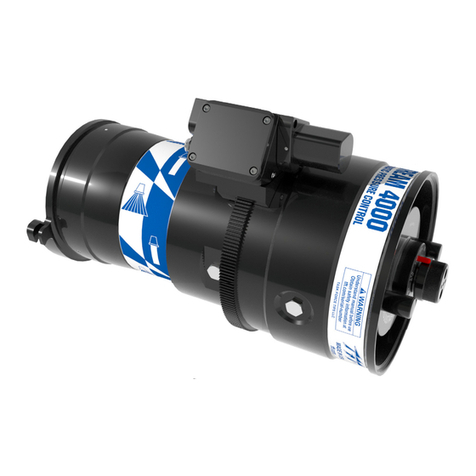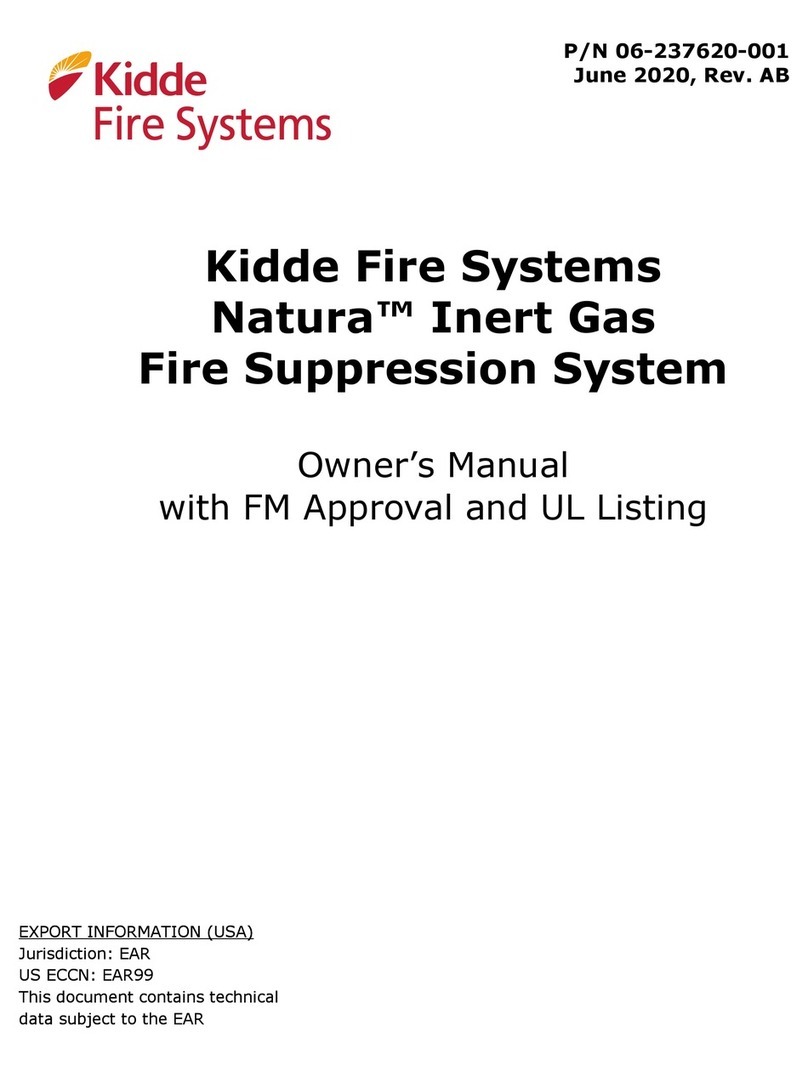
iv
TABLE OF CONTENTS (cont.)
PARAGRAPH TITLE PAGE
3-3.7 Discharge Accessories ............................................................................................................................... 3-11
3-3.7.1 Flexi le Discharge Hose, P/N 283898, P/N 283899 and P/N 283900 ...................................................... 3-11
3-3.7.2 Valve Outlet Adapters, P/N 283904, P/N 283905 and P/N 283906 .......................................................... 3-12
3-3.7.3 Check Valve, 1/4-inch, P/N 264985 ........................................................................................................... 3-12
3-3.7.4 Manifold EL-Checks, P/N 877690 and P/N 878743 .................................................................................. 3-12
3-3.7.5 Pressure Operated Switches, P/N 486536 and P/N 981332 ....................................................................3-13
3-3.7.6 Pressure Operated Trip, P/N 874290 ......................................................................................................... 3-13
3-3.7.7 Discharge Indicator, P/N 875553 ............................................................................................................... 3-13
3-3.7.8 Corner Pulleys, P/N 803808 and P/N 844648 ........................................................................................... 3-13
3-3.7.9 Cylinder Supervisory Pressure Switch, P/N 06-118262-001 ..................................................................... 3-15
3-3.7.10 Supervisory Pressure Switch, P/N 06-118263-001 ................................................................................... 3-15
3-3.7.11 Main-to-Reserve Transfer Switch, P/N 802398 ......................................................................................... 3-16
3-3.7.12 Discharge Nozzles ...................................................................................................................................... 3-16
3-3.8 Other Accessories ...................................................................................................................................... 3-17
3-3.8.1 Hydrostatic Test Adapters ........................................................................................................................... 3-17
3-3.8.2 FM-200 Cylinder Recharge Adapters ......................................................................................................... 3-17
3-3.8.3 FM-200 Cylinder Seating Adapter, P/N 933537 ......................................................................................... 3-17
3-3.9 Detectors and Control Panels .................................................................................................................... 3-17
3-3.9.1 Detectors ..................................................................................................................................................... 3-17
3-3.9.2 Control Panel .............................................................................................................................................. 3-17
4 DESIGN AND INSTALLATION ................................................................................................................... 4-1
4-1 Introduction ................................................................................................................................................. 4-1
4-2 Design Procedure ....................................................................................................................................... 4-1
4-2.1 General ....................................................................................................................................................... 4-1
4-2.2 Application .................................................................................................................................................. 4-1
4-2.2.1 Calculate Agent Required ........................................................................................................................... 4-1
4-2.2.2 Determine What Components are Required ............................................................................................. 4-1
4-2.2.3 Locate Nozzles ...........................................................................................................................................4-1
4-2.2.4 Locate Cylinders .........................................................................................................................................4-1
4-2.2.5 Locate Piping .............................................................................................................................................. 4-1
4-2.2.6 Pipe Size and Layout .................................................................................................................................. 4-1
4-2.2.7 Using the FM-200 Concentration Flooding Factors ................................................................................... 4-2
4-2.2.8 Manifolds ..................................................................................................................................................... 4-2
4-2.3 Design Criteria ............................................................................................................................................ 4-2
4-2.3.1 First Branch Flow Split ................................................................................................................................ 4-6
4-2.3.2 Tee Flow Splits ............................................................................................................................................ 4-6
4-2.3.2.1 Requirements for Tee Flow Splits ............................................................................................................... 4-6
4-2.3.3 Duration of Discharge ................................................................................................................................. 4-8
4-2.3.4 Nozzle Selection and Placement ............................................................................................................... 4-8
4-2.3.5 Nozzle Placement ....................................................................................................................................... 4-8
4-2.3.6 Pipe Sizing .................................................................................................................................................. 4-9
4-2.4 Other Conditions ......................................................................................................................................... 4-10
4-2.4.1 Operating/Storage Temperature Range ..................................................................................................... 4-10
4-2.4.2 Storage Temperature .................................................................................................................................. 4-10
4-2.4.3 System Operating Pressure ....................................................................................................................... 4-10
4-2.5 Pressure Actuation Limitations ................................................................................................................... 4-10
4-2.5.1 Cylinders Close Coupled Using Pressure From A Master ......................................................................... 4-10
4-2.5.2 Cylinders Not Close Coupled Using Pressure From A Master ..................................................................4-10
4-2.5.3 Cylinders Not Close Coupled Using Nitrogen Pressure ............................................................................ 4-10
4-2.5.4 Cylinders Close Coupled Using Nitrogen Pressure ................................................................................... 4-12
4-2.5.5 Using Multiple Nitrogen Cylinders .............................................................................................................. 4-13
4-2.5.6 Corner Pulley and Ca le Limitations .......................................................................................................... 4-13
4-2.5.7 Pressure Trip Limitations ............................................................................................................................ 4-13
4-3 Equipment Installation ................................................................................................................................ 4-13
4-3.1 General ....................................................................................................................................................... 4-13
4-3.2 Distri ution Piping and Fittings .................................................................................................................. 4-13
4-3.2.1 Threads ....................................................................................................................................................... 4-13
4-3.2.2 Pipe ............................................................................................................................................................. 4-13
4-3.2.2.1 Ferrous Piping ............................................................................................................................................ 4-14
